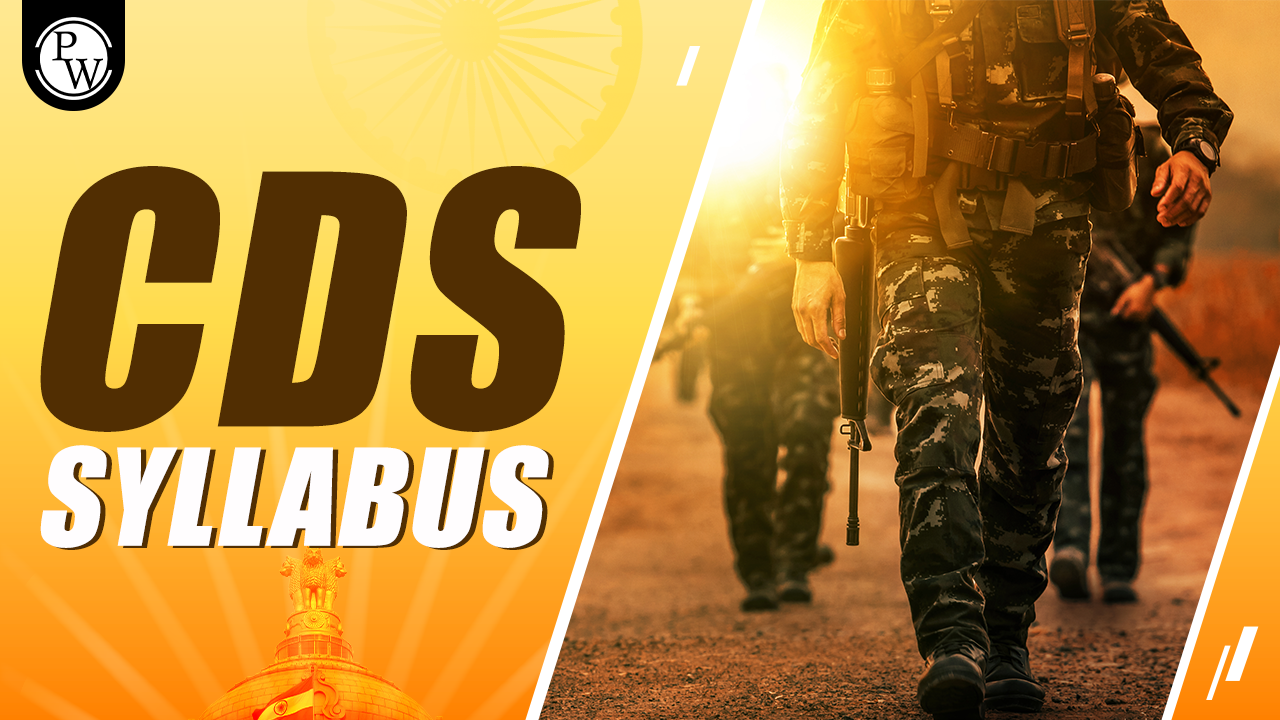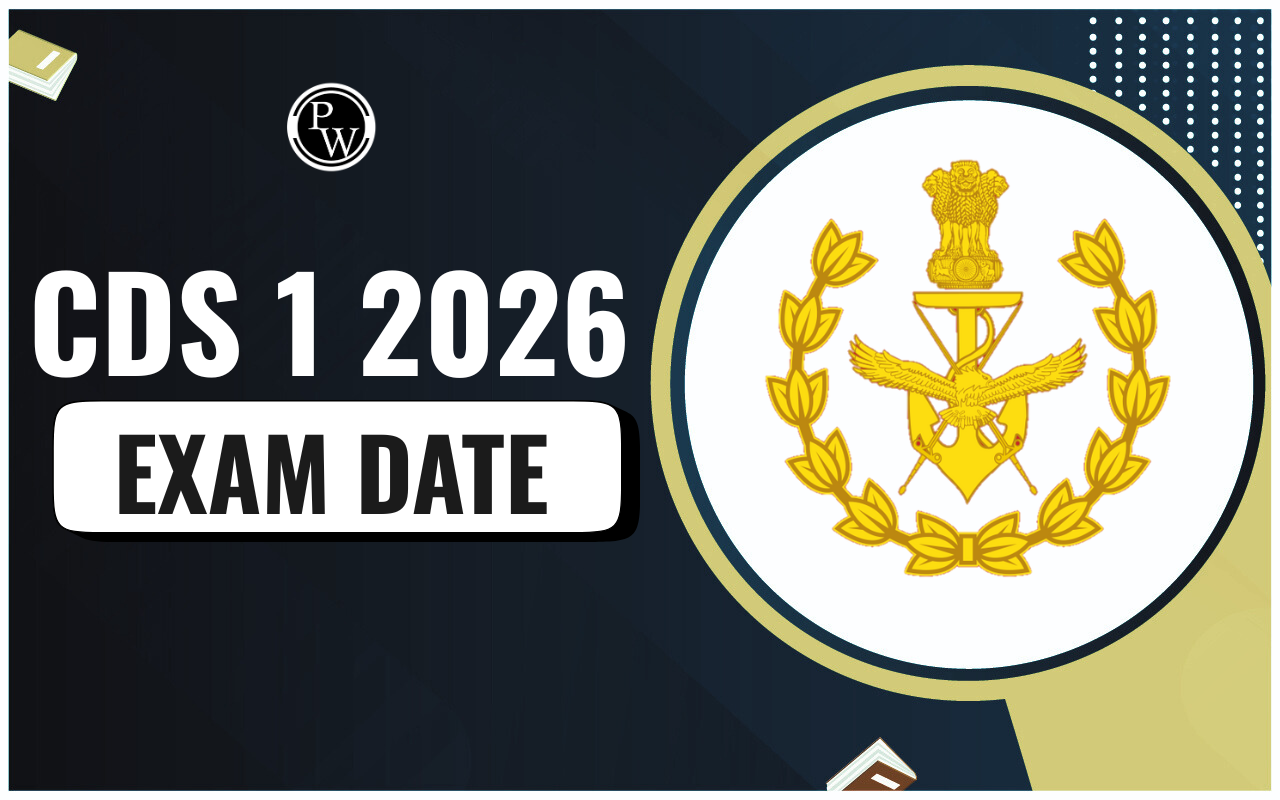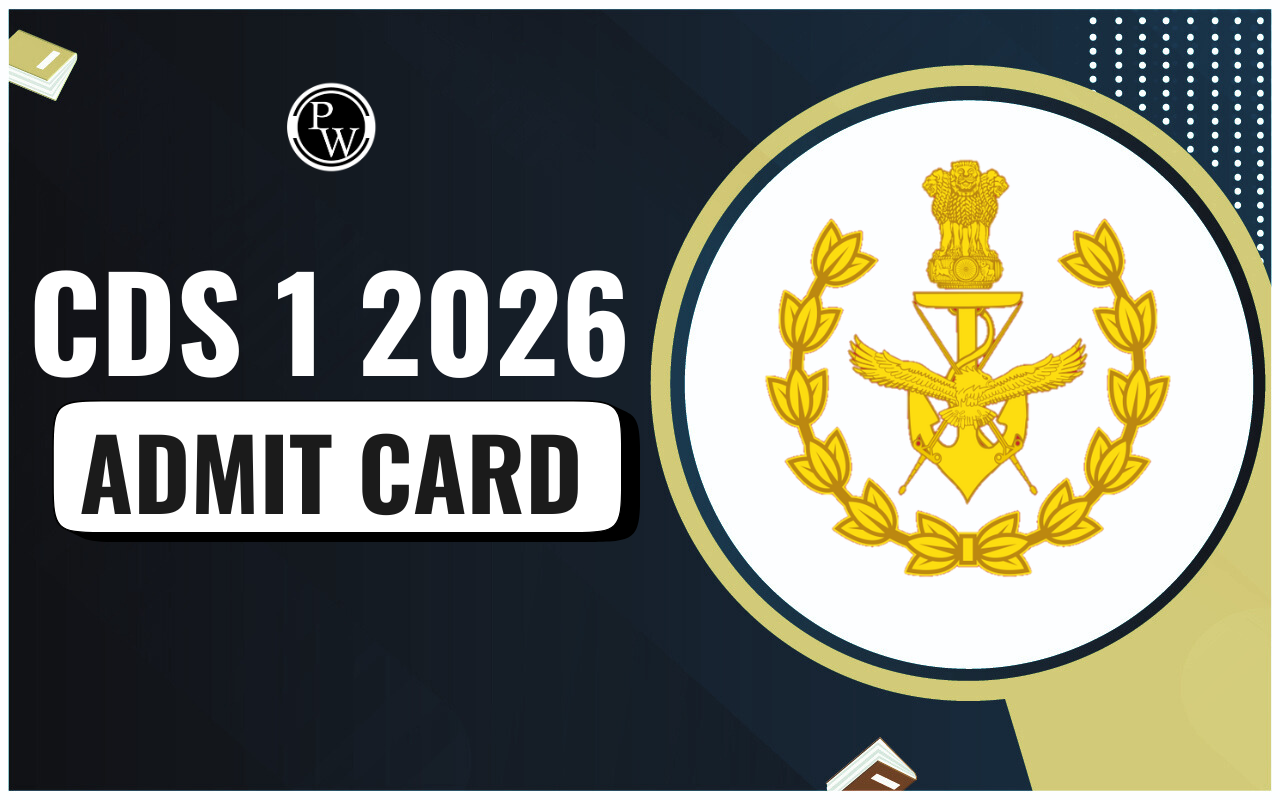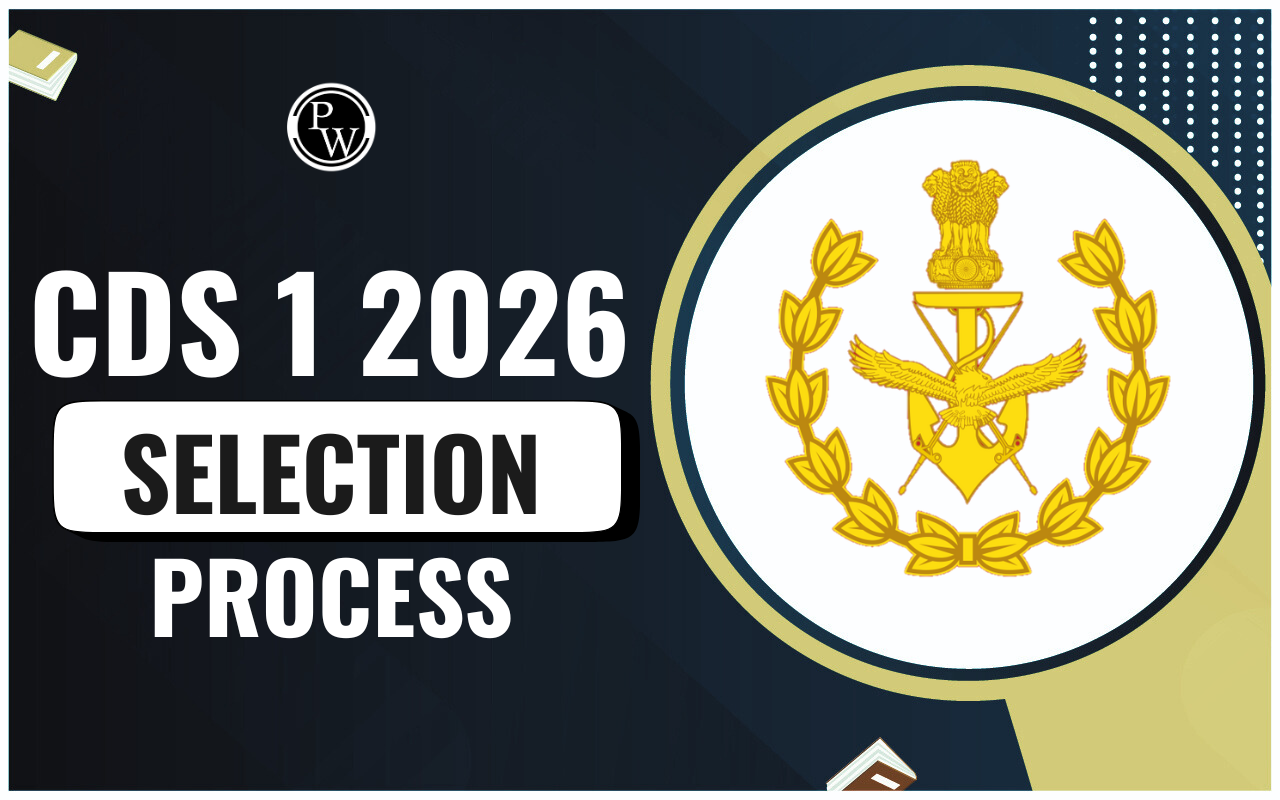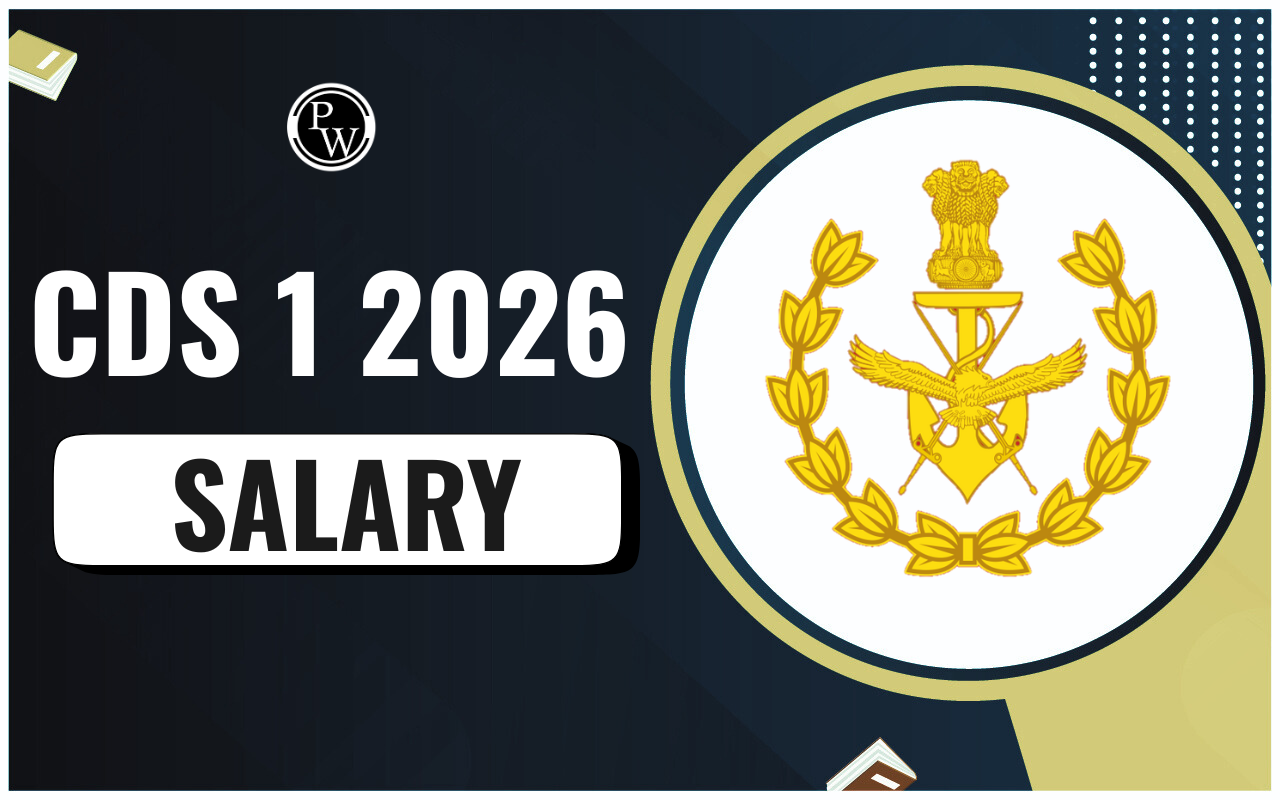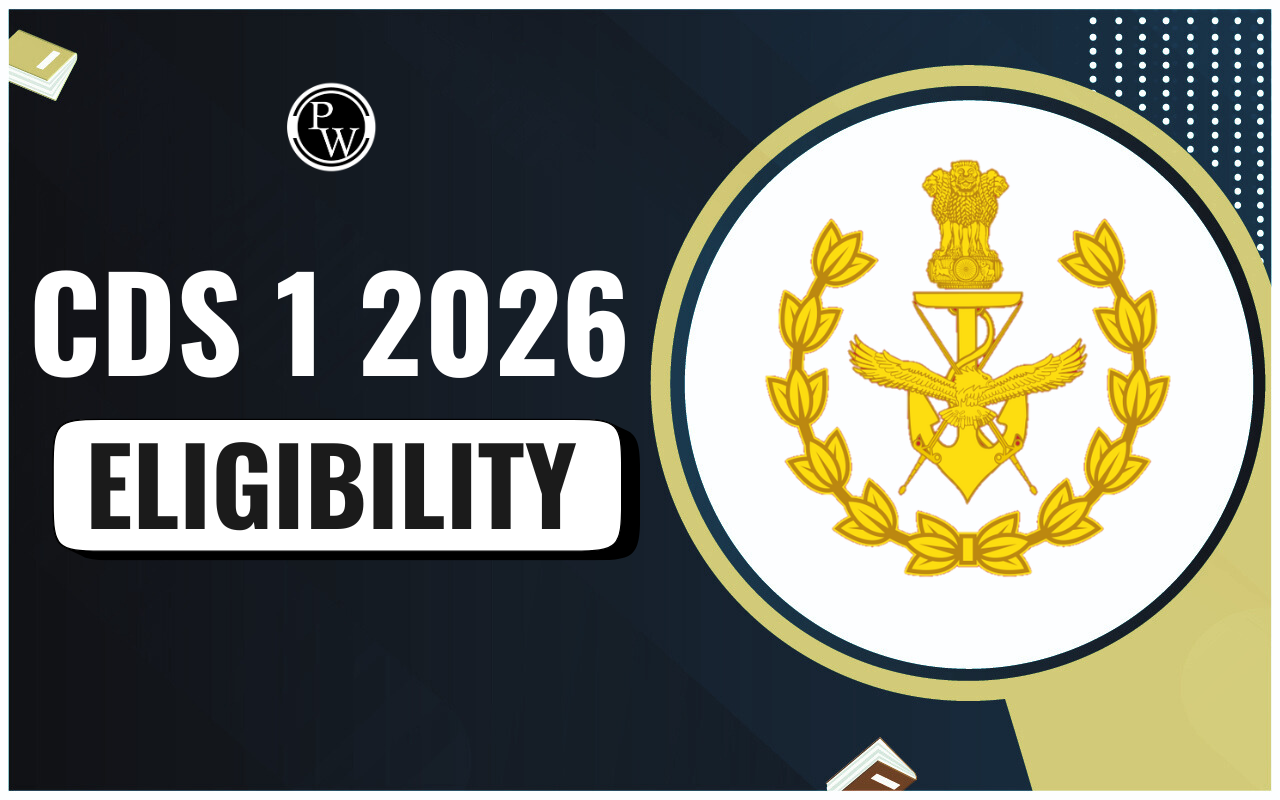
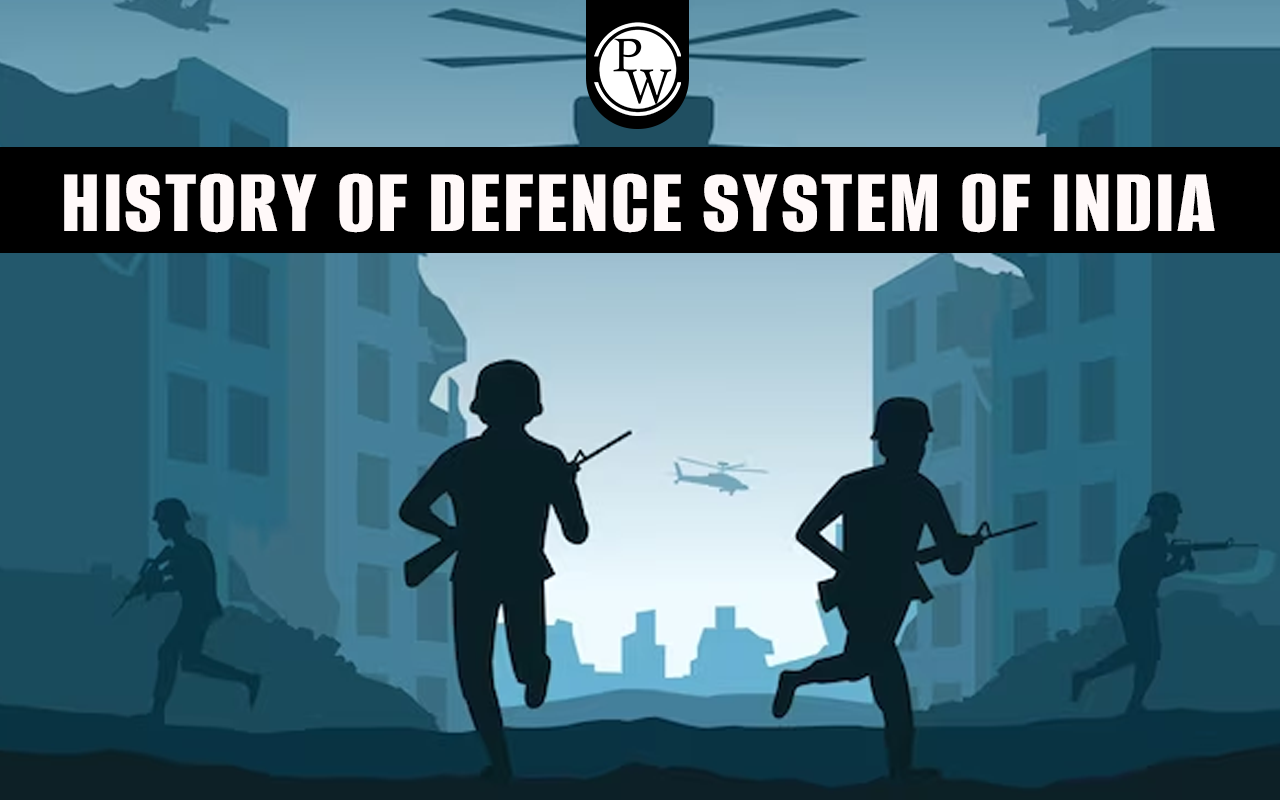
History of Defence System of India: India's defense system has evolved a lot over centuries, adapting to various historical, geopolitical, and technological changes. From ancient times to the present day, India's defense structure has seen a lot of phases.
The foundation of India's defence dates back to ancient civilizations and kingdoms, evolving through colonial periods to the modern, independent nation's defence system. In this article we will look into the Indian Defence System History beginning from Ancient Era to Mordern Defence System.
History of the Defence System of India
History of defence system of India shows continuous evolution from ancient times to the modern era. In ancient India, various powerful empires and kingdoms, including the Mauryas, Guptas, and Rajputs, maintained well-organized armies with infantry, cavalry, and war elephants.
These ancient forces featured strategic forts, innovative warfare tactics, and a blend of traditional and adaptive practices, influenced by foreign invasions. During the medieval period, India's defense system was marked by feudal structures, distinct martial traditions, and the introduction of gunpowder.
The maritime Cholas were known for their strong naval defence system. The colonial era brought European powers to Indian shores, impacting defense with modern warfare tactics, reorganized military structures, and the establishment of the British Indian Army. After gaining independence in 1947, India restructured its defense system, forming the Indian Army, Indian Navy, and Indian Air Force.
These contemporary forces have faced multiple challenges, including territorial disputes and cross-border conflicts. India has also engaged in international defense collaborations to enhance its capabilities, reflecting a dynamic and ever-evolving defense system committed to safeguarding the nation's sovereignty and integrity. Let us understand History of defence system of India in detail with the help of this article.
Defence System of India in Ancient Era
Ancient India was characterized by various empires and kingdoms, each with its military forces. The Mauryan Empire under Emperor Ashoka (3rd century BCE) had an organized military that utilized infantry, cavalry, and war elephants. The Gupta Empire (4th to 6th centuries CE) also maintained a well-organized army.
- Empires and Kingdoms: Ancient India had numerous powerful empires and kingdoms, such as the Mauryas, Guptas, Mughals, and Rajputs, each maintaining organized military forces.
- Varied Military Formations: These ancient forces comprised infantry, cavalry, and even war elephants, which played crucial roles in battlefield strategies and invasions.
- Strategic Fortifications: Ancient Indian defense was fortified by establishing key forts and architectural marvels like the massive walls of the ancient city of Harappa and the grand forts of Rajputs in Rajasthan.
- Innovative Warfare: The ancient Indian art of warfare was not only about traditional tactics but also featured innovative military strategies that showcased advanced siege mechanisms and metallurgy.
- Foreign Invasions: Over time, India encountered invasions by foreign powers, including the Greeks, Persians, and the Mongols. These invasions influenced the evolution of India's defense mechanisms, contributing to a blend of traditional and adaptive practices.
- Navy and Coastal Security: The coastlines were significant, prompting the establishment of maritime security with coastal defenses. Ancient India had ports and harbors for trading activities and defense installations.
Defence System of India in Medieval Period
During the medieval era, various dynasties in India had their armed forces. The Delhi Sultanate, under various rulers, established a central authority with its military setup. The Mughal Empire, known for its powerful military, incorporated artillery, cavalry, and infantry. This period also saw the rise of Rajput kingdoms with their distinct martial traditions and defense systems.
- Feudal Structure: During the medieval period, India saw a feudal structure in its defense system where kingdoms, sultanates, and empires functioned independently, maintaining their armies.
- Military Forces: Each kingdom and empire established its military, including infantry, cavalry, archers, and siege engines, displaying unique and diverse martial skills and weaponry.
- Strategic Forts: The defense of medieval India was fortified by numerous forts and citadels, such as the Chittorgarh Fort in Rajasthan, strategically positioned to withstand invasions.
- Coastal and Maritime Defense: With trade being a significant aspect, coastal defense and naval protection were crucial. The Cholas were notably known for their strong maritime security measures and naval warfare.
- Invasions and Resistance: The medieval period witnessed numerous invasions, notably by the Turks, Mongols, and the Mughals. Indian rulers adapted their defense mechanisms to resist these invasions, leading to the evolution of defense strategies.
- Gunpowder Introduction: The arrival of gunpowder during the medieval period influenced the Indian defense system. This new technology was integrated into the military, leading to the development of artillery and fortifications.
- Centralized Armies: Towards the later medieval period, the Delhi Sultanate and the Mughal Empire established centralized armies, becoming formidable military powers and contributing to the evolution of India's defense system.
Defence System of India in Colonial Era
The arrival of European powers in the 15th century, notably the Portuguese, Dutch, French, and British, significantly influenced India's defense. The British East India Company established a well-structured army that served their commercial and territorial interests. After the Indian Rebellion of 1857, the British Crown took control of India, leading to the formation of the British Indian Army.
- Colonial Domination: India experienced colonization by European powers, initially the Portuguese, Dutch, French, and eventually, the British Empire, impacting the country's defense strategies and control.
- East India Company: The establishment of the East India Company and its expanding influence led to the shift from local rulers maintaining armies to a centralized force under British control.
- Modern Warfare Tactics: The British introduced modern warfare techniques and weaponry, including guns, artillery, and disciplined military practices.
- Military Reorganization: The British reorganized the military, forming the Indian Army, comprising native soldiers, and reinforced by British officers.
- Strategic Fortifications: The British built strategic forts and garrisons across the country to secure their territories and maintain control.
- Sepoy Mutiny: The 1857 Indian Rebellion, known as the Sepoy Mutiny, was a significant event challenging British authority, influencing future defense strategies and the reconfiguration of colonial power.
- Impact on Indian Rulers: The influence of colonial powers caused many princely states to reorganize their armies and security systems under British guidance.
Defence System of India in Modern Era
Post-independence in 1947, India restructured its defense system. The partition of India led to the creation of Pakistan, and both nations inherited a divided armed force. India established the Indian Armed Forces, consisting of the Indian Army, Indian Navy, and Indian Air Force. This period marked the inception of a comprehensive and autonomous defense structure.
Defence Setup and Structure:
Indian Army: The Indian Army, with its extensive infantry, artillery, and armored regiments, is one of the largest in the world. It is primarily responsible for land-based military operations and safeguarding India's borders.
Indian Navy: The Indian Navy secures the maritime interests of the nation, safeguarding coastal borders and ensuring maritime security. It operates surface ships, submarines, and aircraft carriers.
Indian Air Force: The Indian Air Force is responsible for aerial defense, protecting Indian airspace and supporting ground operations. It operates fighter planes, transport aircraft, and helicopters.
Defence Reforms in India
Over the years, India has undertaken various defense reforms to modernize its armed forces, incorporating sophisticated weaponry, technology, and training programs. The establishment of defense research institutions, such as the Defence Research and Development Organisation (DRDO), is aimed at indigenous development and innovation in defense technology.
Contemporary Defence Challenges
India faces multiple defense challenges, including territorial disputes, cross-border conflicts, terrorism, and internal security threats. The complex geopolitical landscape in the region, especially the border issues with Pakistan and China, demands a robust and responsive defense mechanism.
Also Check, Roles and Responsibilities of Indian Armed ForcesInternational Defence Collaborations of India
India has entered into strategic partnerships and defence agreements with various countries to enhance its defense capabilities. The country engages in joint military exercises, technology collaborations, and military exchanges with several nations globally.
The history of India's defense system reflects a continuous evolution from ancient times to a modern, independent nation. The defense apparatus has significantly evolved to adapt to various geopolitical changes, technological advancements, and national security challenges. India continues to fortify its defense system by adopting progressive reforms, modernizing its armed forces, and fostering international collaborations to ensure its territorial integrity and national security.
The journey of India's defense system is an amalgamation of historical legacies, colonial influences, and contemporary advancements, shaping a robust structure committed to securing the nation's sovereignty and integrity.
| Defence Exam Other Related Links | |
| AFCAT 1 2024 Notification | CDS Notification 2024 |
| UPSC CAPF Notification 2024 | NDA 1 Notification 2024 |
History of Defence System of India FAQs
Q1. What is the history of Defence System of India?
Q2. What are the key features of ancient Defence System of India?
Q3. How did the medieval period influence Defence System of India?
Q4. What were the effects of colonial powers on Defence System of India?
Q5. How did India reform its defence after independence?




